Going to school to earn your commercial driver’s license is the first step in getting a job in the trucking industry, but not just anyone can sign up. You must be of a certain age and have driving experience, pass the physical and drug test, and understand conversational English. Read on for an overview of what you need to enter a CDL program.
Age and Experience
You need to be at least 18 in order to earn your commercial driver’s license, but you might have to be older than that depending on the specific type of license you’re looking for. You can apply for an intrastate CDL at 18 years of age, but you have to be 21 or older for an interstate license. You also need an active driver’s license a year’s worth of regular driving experience under your seatbelt in order to register for a program.
Physical and Drug Test
You might not think physical fitness has much to do with being a truck driver, but your physical condition actually plays a big role. People who are in poor health will need to make more stops on the road, and they may have a harder time staying focused and avoiding accidents while driving. In order to enter a CDL program, you have to meet the Department of Transportation’s physical requirements. You’re also required to pass a drug test prior to enrollment.
Understanding of English
Whether you’re driving locally or across several state borders, you need to be able to interact with dispatchers, other drivers, and business owners. Since the primary language in America is English, you must have a working understanding of the language.
If you’re interested in enrolling in a CDL program so you can become a truck driver, call the Phoenix Truck Driving School of Ft. Bliss at (877) 206-8344 to get started. You can learn about our admission requirements and more by visiting our website.







